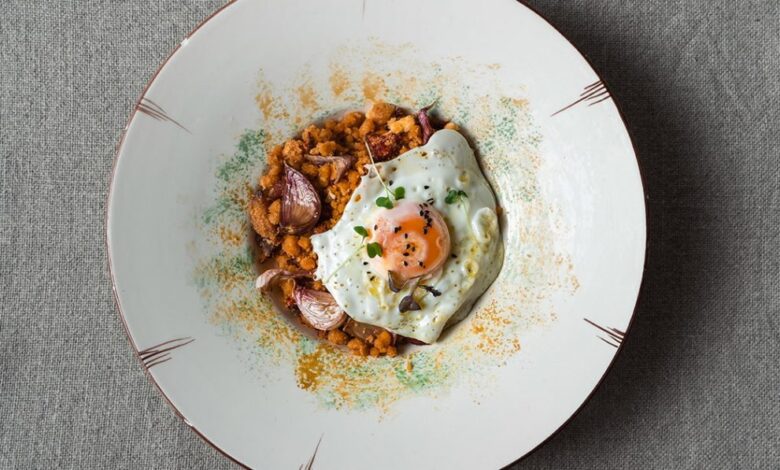
The cuisine of Extremadura holds a unique place on Spain’s gastronomic map. Ancient recipes have been preserved here, passed down from generation to generation, and local ingredients combined with traditional cooking methods give the region’s dishes a distinctive taste and aroma.
One of the region’s culinary symbols is pimentón de la Vera — a smoked paprika with protected designation of origin. It is made from red peppers that are slowly dried over oak and hornbeam fires before being ground. This spicy ingredient lends its characteristic flavor and color to many Extremaduran dishes and is widely used in local cooking.
Among traditional appetizers, cojondongo stands out — also known as the “country salad.” This simple but hearty dish was once prepared by farmers as a quick field snack. It is made from soaked bread, olive oil, garlic, vinegar, water, and salt, with seasonal vegetables added for freshness. Cojondongo is especially popular in summer thanks to its lightness and refreshing taste.
Another culinary symbol of the region is migas extremeñas. This dish originated as a way to use up stale bread, which is fried with garlic, olive oil, and pimentón. Depending on the area and season, sausage, bacon, or pork cracklings are added to the migas. Traditionally, migas is served during the cold months when families and friends gather around the table.
Among the hot dishes, a special place is held by caldereta de cordero (Caldereta de cordero)—a stew made from lamb raised on local pastures. The recipe uses simple ingredients: onion, garlic, bay leaf, white wine, and of course, pimentón de la Vera. The meat simmers slowly, absorbing the flavors of spices and vegetables, making the caldereta rich and aromatic.
In spring, during the traditional lamb slaughter, Estremadura prepares chamfaina (Chamfaina). This is a thick stew of rice, lamb offal, blood, onion, garlic, pepper, and paprika. Prolonged stewing allows the ingredients to fully develop their flavors, while chamfaina itself becomes the centerpiece of festive tables, bringing together entire families and neighbors for a meal.
The pride of the region is Jamón Dehesa de Extremadura (Jamón Dehesa de Extremadura). This delicacy is made from Iberian pigs that roam freely in oak groves and feed on acorns. Thanks to a long aging process, which can last more than two years, the jamón develops a rich flavor, delicate texture, and its distinctive aroma. The product is highly valued not only in Spain, but also beyond its borders.
The gastronomy of Extremadura is not just about food—it is an essential part of the region’s cultural heritage. Local dishes reflect the history, climate, and way of life of its people, preserving a deep connection with nature and tradition. A journey through Extremadura is unimaginable without exploring its cuisine, where every recipe tells its own story, filled with the flavors and aromas of rural Spain.






